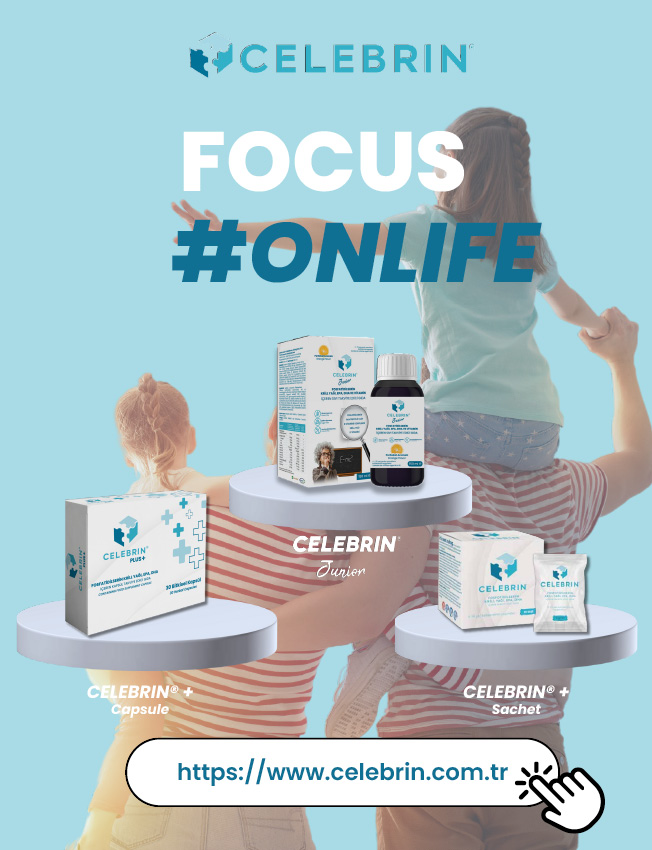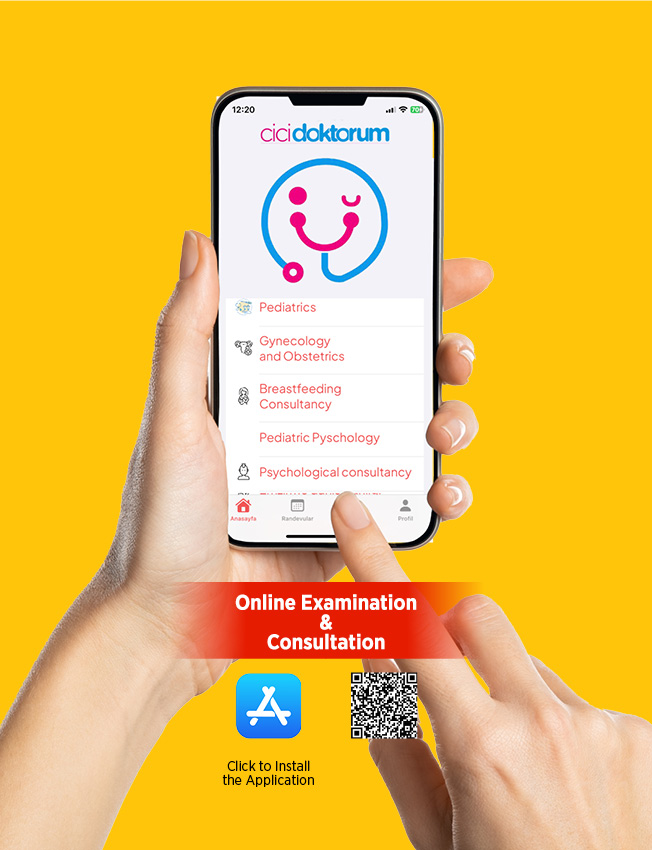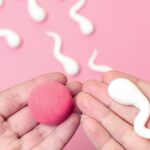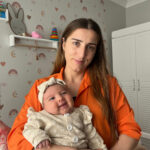How Feeding Methods in Children Can Contribute to Otitis Development
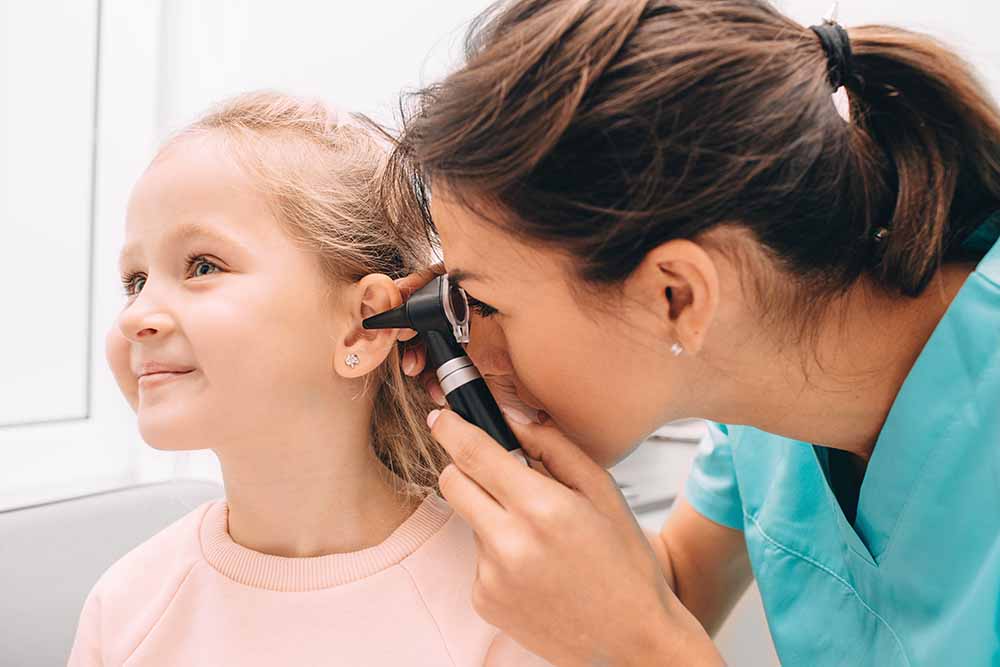
Did you know that both the way your child is fed and the feeding method can play a role in the development of otitis?
Studies have shown that the anatomical structure of the Eustachian tube in children, along with the position during feeding and the feeding method, plays a role in the development of otitis media. Therefore, it is important to consider the potential for damage to the Eustachian tube during feeding and how this might increase the risk of otitis.
So, how does feeding method contribute to otitis development?
What is Otitis Media (OM)?
Otitis Media (OM) is a common disease in childhood, following upper respiratory infections, and involves inflammation of the middle ear cavity. The primary causative agents are bacteria (60%), such as *Streptococcus pneumoniae*, *Haemophilus influenzae*, *Moraxella catarrhalis*, and to a lesser extent (20-25%), viruses (Respiratory Syncytial Virus, Cytomegalovirus, Rhinovirus) can also cause OM.
How Often Does Otitis Media (OM) Occur?
85% of children experience OM at least once. The frequency can vary depending on accompanying risk factors, and OM can recur in children. 50% of children may have three or more episodes, and 25% may experience six or more episodes. OM is most common in infants aged 6 to 11 months and children around 4-5 years. The frequency of OM decreases after age 7.
How Does the Eustachian Tube Protect Against Otitis Development?
The Eustachian tube plays a crucial role in ear physiology. Its primary functions are to balance the air pressure in the middle ear with the external environment and to drain accumulated fluids from the middle ear into the throat. It also protects the middle ear from secretions and infectious agents coming from the nose and throat. When the Eustachian tube is blocked, air passage to the middle ear is hindered, creating negative pressure in the middle ear. Conditions such as adenoid hypertrophy, mechanical blockages, rhinitis, and sinusitis can impair the Eustachian tube’s function, leading to otitis media.
How Does Feeding Affect Otitis Media (OM) Development?
In some cases, the Eustachian tube’s functions for ventilation, drainage, and protection may not work properly, leading to infection. Among the most significant factors are bottle-feeding, thumb-sucking, and pacifier use in infants. In particular, when babies are fed lying down with a bottle, regurgitated food can reach the middle ear, increasing the risk of infection (OM) due to microorganism growth in this environment.
How Does Breastfeeding Protect Against Otitis?
Otitis occurs much less frequently in breastfed infants compared to bottle-fed babies. The mechanisms through which breastfeeding prevents otitis can be explained as follows:
1. Breast milk contains immune factors that protect the child from infections. Breastfed children are less likely to contract infections, including otitis.
2. The sucking action during breastfeeding ensures the optimal function of the Eustachian tube.
3. Breastfed infants are usually fed in a more upright position, reducing the risk of milk entering the Eustachian tube.
4. Proper tongue movement during breastfeeding helps prevent reflux.
5. Breast milk is less likely to irritate the middle ear compared to formula, resulting in a lower incidence of otitis in breastfed children.
How Does Bottle-Feeding Affect Otitis Formation?
Studies have found that bottle-fed infants are more likely to develop otitis. The increased risk of otitis due to bottle-feeding can be explained by several mechanisms:
1. Bottle-fed infants lack the immune-boosting lgA present in breast milk, increasing their susceptibility to infections, including otitis.
2. When infants are fed lying down with a bottle, the liquid can flow back into the Eustachian tube and middle ear, facilitating the transfer and growth of pathogenic microorganisms, thereby increasing the risk of otitis.
3. Bottle-feeding can obstruct the Eustachian tube’s normal function by blocking the drainage of fluid from the middle ear, accelerating pathogen settlement and growth.
4. Bottle-feeding often prevents the normal upward movement of the tongue, which can lead to Eustachian tube obstruction and impaired fluid drainage, increasing the risk of otitis.
Does Pacifier Use and Thumb-Sucking Increase Otitis Frequency?
Studies have identified that pacifier use and thumb-sucking are associated with increased otitis frequency. The effects of pacifier or thumb-sucking on otitis development are explained by several mechanisms:
1. Pacifier use and thumb-sucking can cause dysfunction of the Eustachian tube by affecting tongue movement. Excessive thumb-sucking can block the Eustachian tube, increasing the risk of otitis.
2. Dysfunction of the Eustachian tube due to pacifier use or thumb-sucking can lead to increased backflow of secretions from the nasopharynx to the middle ear, facilitating the entry of pathogens and increasing the risk of otitis.
3. Pacifier use can cause dental changes and malocclusion due to increased tongue pressure, leading to improper alignment of the upper and lower jaws and potentially contributing to otitis development.
What Are the Symptoms of Otitis Caused by Feeding Issues?
The symptoms of otitis caused by feeding problems are similar to those of Acute Otitis Media (AOM). Symptoms can appear suddenly and may be difficult to recognize, especially in younger children who cannot express themselves. Symptoms to watch for include:
– Ear pain
– Discomfort or pain when pressing on the ear (tragus)
– Sensation of fullness in the ear
– Cough
– Nasal discharge
– Fever
– Irritability
– Sleep disturbances
– Diarrhea
– Decreased interest in surroundings and play
10 Tips to Protect Your Child from Otitis Media:
1. Breastfeed your baby for as long as possible, ideally up to 2 years, but at least for six months.
2. If breastfeeding is not possible, use spoon-feeding or cup-feeding methods instead of bottle-feeding.
3. Never feed your baby with a bottle while lying down. Try to keep the feeding position at a 45° angle.
4. Do not allow your baby to hold the bottle by themselves during feeding, as this increases the risk of milk entering the Eustachian tube and middle ear.
5. Wean your baby off the bottle by 9-12 months.
6. Allow sufficient time for bottle-feeding and do not rush the process.
7. After feeding, place your baby in a semi-upright or prone position, avoiding lying flat on the back.
8. Use bottles with a positive pressure system and ensure there are no air bubbles in the milk.
9. Avoid introducing pacifiers to your baby. If using a pacifier, gradually reduce and discontinue its use after the first year.
10. Prevent thumb-sucking and the use of objects like toys that can cause similar issues. Consult a specialist if your child has thumb-sucking habits.
—
